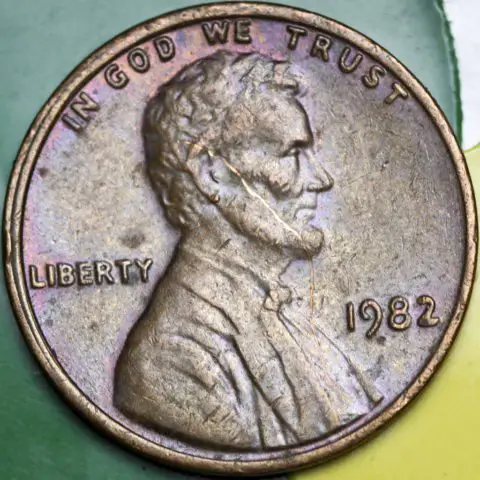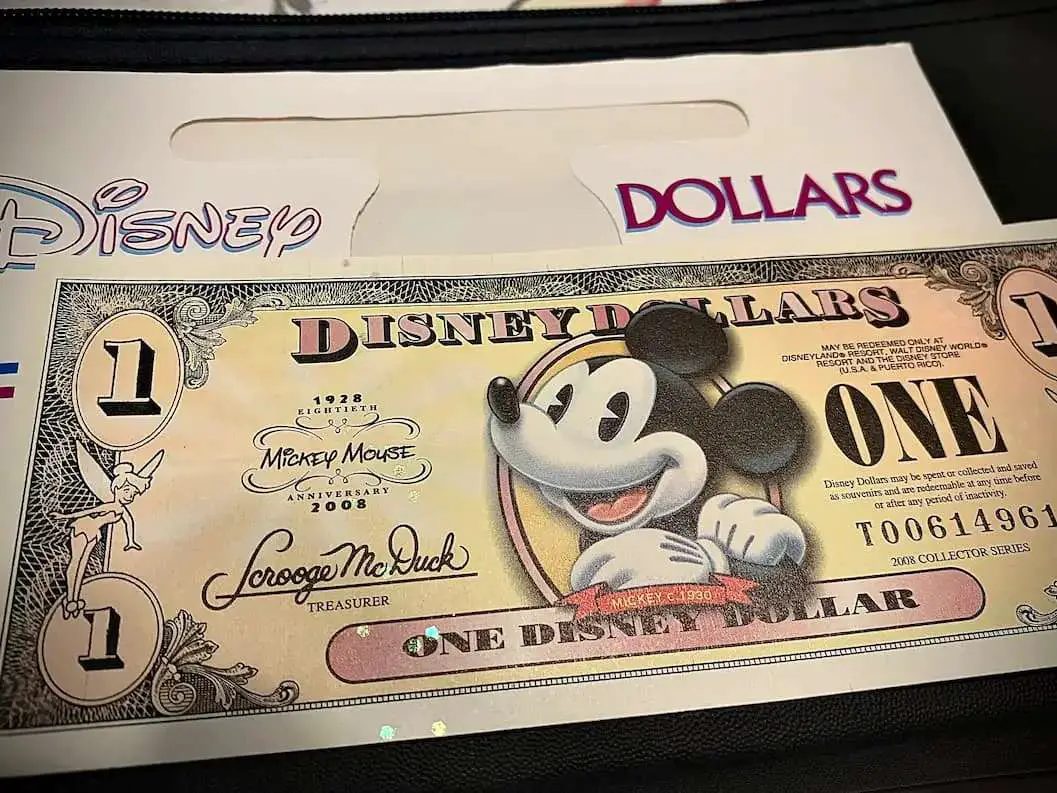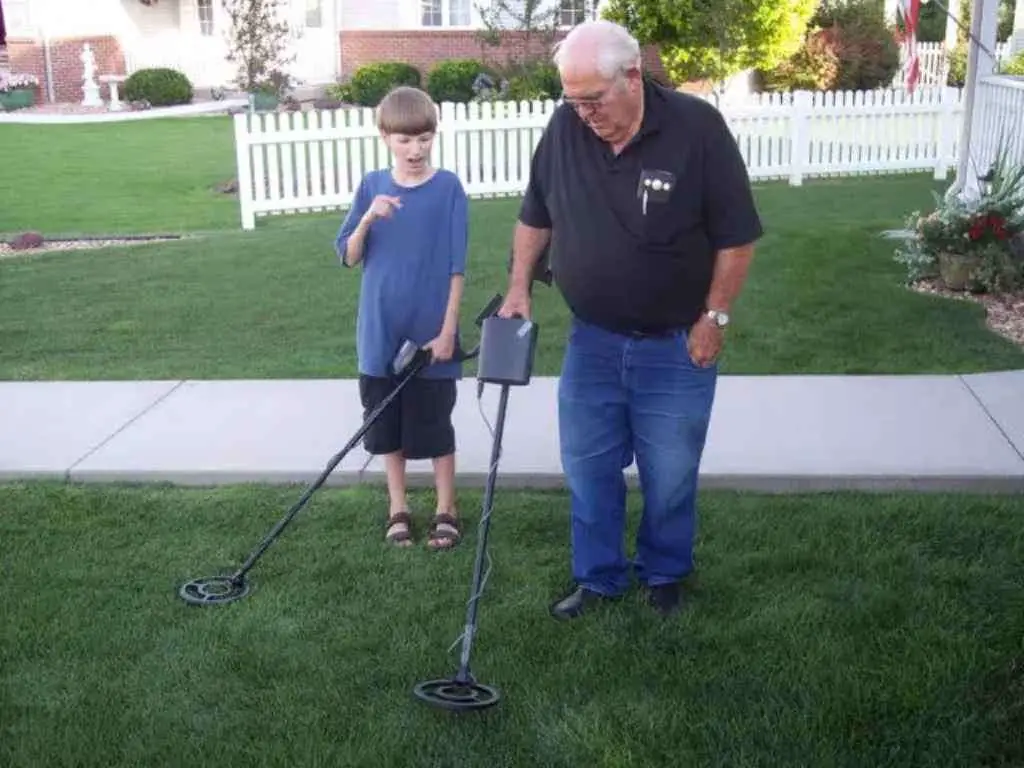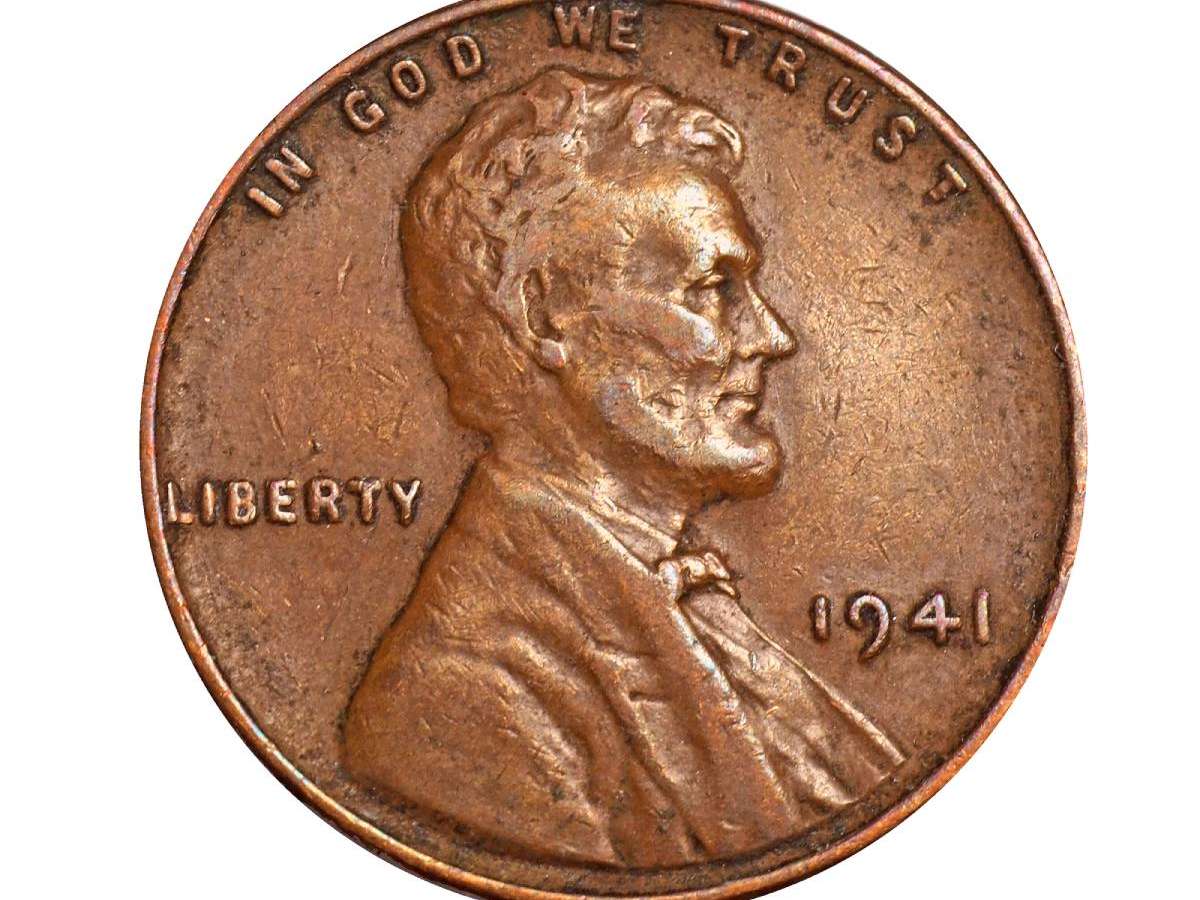Do you know how to tell a copper penny from a zinc penny?
It’s not as difficult as you might think.
Following are 4 ways to tell if you have a copper penny or a zinc penny…
#1 – Check the date on the penny.
Here’s the rule of thumb:
- Pennies dated before 1982 were made of copper (technically, 95% copper and 5% zinc).
- Pennies dated after 1982 were made of zinc (technically, 97.5% zinc and 2.5% copper).
But 1982 pennies are unique — because both copper and zinc pennies were made that year!
So you’ll have to use one or more of the following 3 techniques to see if your 1982 penny is made of copper or zinc.
#2 – Weigh the penny.
You can tell zinc pennies apart from copper pennies by their weight when using a gram scale:
- A copper penny weighs 3.11 grams.
- A zinc penny weighs 2.5 grams.
You can see the 2 types of pennies’ weight differences described in this video:
#3 – Look at the color of the penny.
You can tell zinc pennies apart from copper pennies by their color when looking at them side by side:
- A worn copper penny usually has a chocolate brown appearance or a deep warm, orange hue.
- A zinc penny typically has more uneven toning — which can often make the surface look somewhat spotted.
#4 – Listen to the sound it makes when you drop it.
You can tell zinc pennies from copper pennies by listening for a ‘clicking sound’ or a ‘ringing sound’ when you drop them onto a hard surface — like a table:
- A copper penny ‘rings.’
- A zinc penny ‘clicks.’
You can hear the different sounds that the 2 types of pennies make when they’re dropped in this video:
So there you go!… Now you know how to tell a copper penny from a zinc penny yourself!
I like to help people find unique ways to do things in order to save time & money — so I write about “outside the box” ideas that most wouldn’t think of. As a lifelong dog owner, I often share my best tips for living with and training dogs. I worked in Higher Ed over 10 years before switching gears to pursue activities that I’m truly passionate about. I’ve worked at a vet, in a photo lab, and at a zoo — to name a few. I enjoy the outdoors via bicycle, motorcycle, Jeep, or RV. You can always find me at the corner of Good News & Fun Times as publisher of The Fun Times Guide (32 fun & helpful websites).






